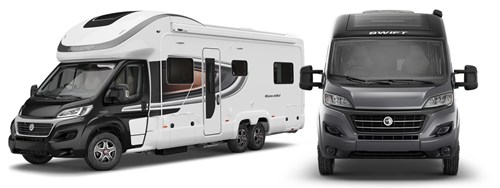Motorhomes for beginners
If you’re new to motorhoming, getting started with your first vehicle can feel a little daunting. Here you’ll find the information and tips to makes things simple, helping you get to grips with everything from choosing your motorhome, to getting out on the road, with handy jargon-busting tips along the way.
Why own a motorhome?
If you want to tour around, stopping at lots of different places for short stays before taking off at a moment’s notice for the next adventure, then a motorhome could be just the ticket. Here we’ll walk you through the different types of motorhome, how to choose the best model for you, learning the lingo and getting on the road.
Newcomers to the leisure vehicle lifestyle can often be surprised by the exceptional standards of construction, insulation, heating and interior design you’ll find with Swift motorhomes. Today’s models offer a true home from home with all the mod cons, giving you warmth and comfort wherever you are.
Want to get a feel of motorhome life from real-world owners?
Check out the Roaming Radfords’ Guide to Motorhome Living, giving you the scoop on life on the road.
What Type of motorhome is for me?
We offer two types of motorhome, called panel van conversions and coachbuilt. The choice depends on your personal needs, preferences and budget, but as an overview:
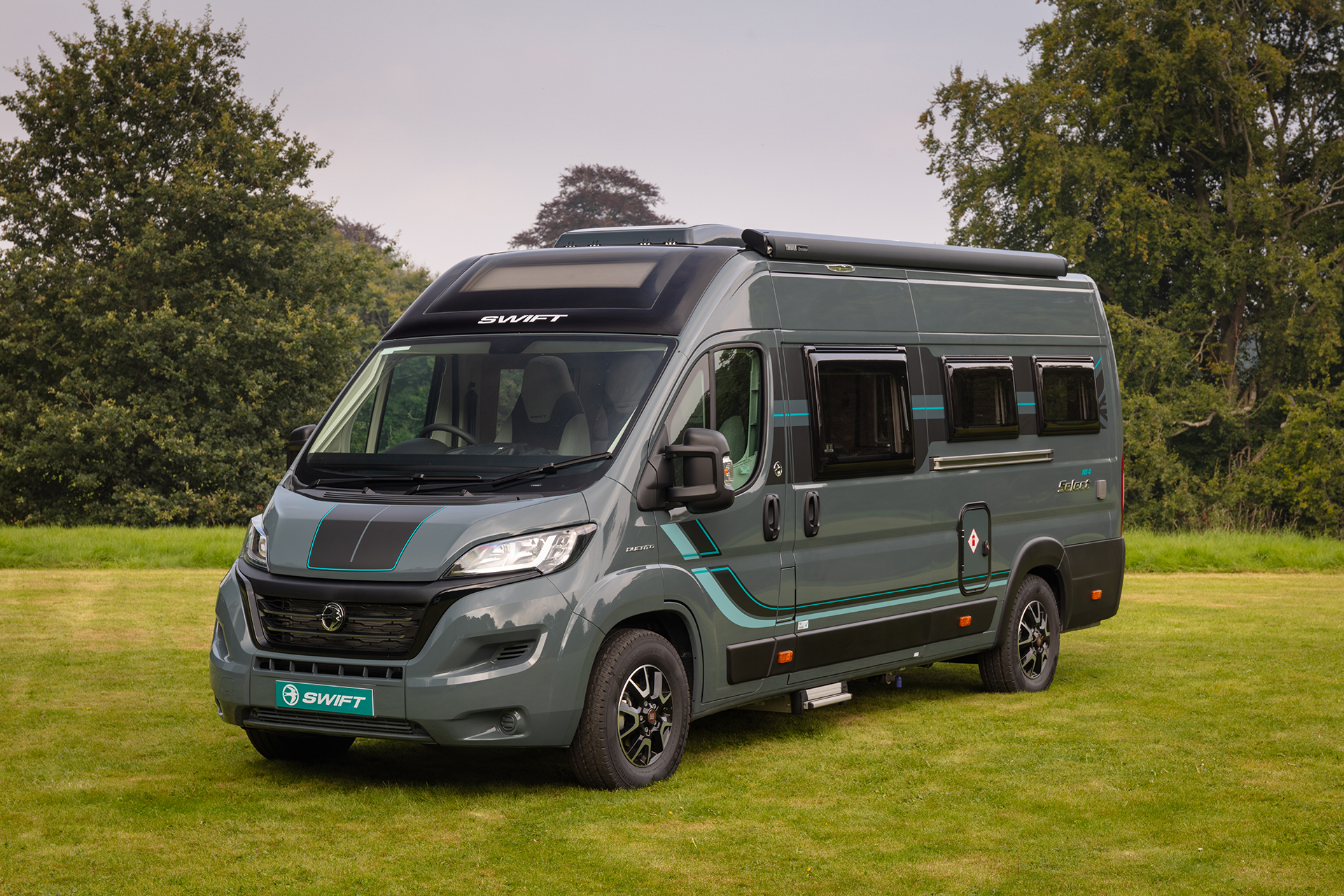
Panel Van Conversions
Panel van conversions are built inside the shell of a standard panel van.
Swift Group Panel Van Conversions are mainly based on a Fiat Ducato hi-top van which is then fitted out inside to offer all the essentials. They are compact, flexible leisure vehicles with car like convenience and design.
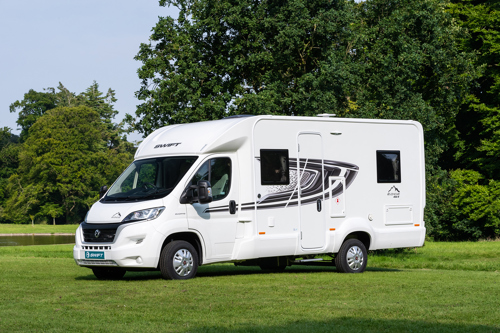
Coachbuilt Motorhomes
Coachbuilt motorhomes are built on a van chassis and offer good internal space for couples or a larger families. They are well fitted out for extended periods of travel in comfort. Swift Group offer versions with a three roof profiles:
- Low-line as the name suggested these have a streamlined front overcab pod which usually houses a storage locker
- High-line - these have a raised overcab pod, sometimes known as a luton, that houses an overcab double bed
- Integrated - these have a slightly elevated overcab pod that usually allows for a clever drop down bed at the front
Find your Model
Now you know whether you want a coachbuilt or panel van conversion, and when you’ve identified what’s suitable for your driving license (see below), explore our stand-out ranges and find ‘the one’.
Things to consider...
Narrowing down your choice centres on how you want to use your motorhome, and who’s along for the ride. Use our handy checklist to make sure you’ve thought of everything:
- Will your motorhome be your only vehicle, used as a car replacement?
If your answer is yes, then a van conversion is probably best suited to your needs - Where will you store your motorhome?
Consider the height and width and any restrictions you may have at your home - Will you do full-timing, weekends only, wild camping, campsites only, lots of rural driving, lots of static camping?
If you plan to stay mainly on dedicated camping site, you can get away with a basic motorhome as most sites have excellent onsite facilities. However if you plan to roam and stay in more remote place, you will want a greater degree of comfort and facilities on board - Will you travel all year round?
If you plan to travel all-year round you will want to make sure your motorhome has excellent insulation. All Swift group motorhomes meet the Grade 3 standard for heating and insulation, meaning the interior warms up from minus 15°C to 20°C in under 4 hours and the water system still works - How many people will you usually take on holiday with you?
Consider if you need rear seats with travelling belts - How many berths will be required?
How many adults and children will be staying in the motorhome? Think about the travelling, seating and sleeping configurations you need:- Do you need a double bed or two single beds?
- Do you need the bed to be fixed or pull-out?
- Do you require bunk beds for children?
- How many people will be seated around the table?
- Do you need two separate areas or one main area?
- Would you prefer an end or side kitchen?
- Do you want a layout with an en suite or a centre washroom, easily accessible to all?
- Will you be having occasional guests staying over?
Remember you could accommodate extra overnight guests by purchasing an awning to extend the space and sleeping area available.
What do I need to know?
Before you make any big decisions, there are a few key things for any newcomer to learn and consider, helping you make the most of your breaks and keep everyone safe.
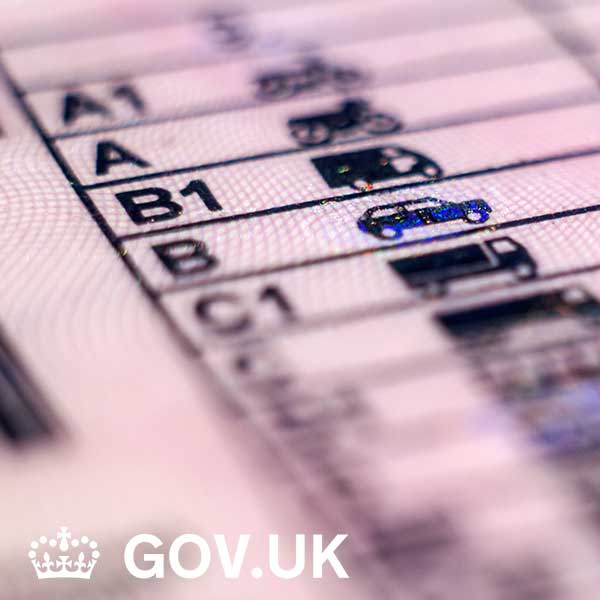
Driving Licence
Before you embark on buying or even test-driving a motorhome, it is important to evaluate your driving licence.
If you passed your driving test before 1 January 1997 (and you’re not 70 yet) you generally automatically have a category C1 licence entitling you to drive a vehicle up to 7,500Kg maximum authorised mass (MAM) – the MTPLM of the motorhome.
If you passed your driving test after 1 January 1997 and have an ordinary category B licence, you can drive a vehicle up to 3,500kg MAM towing a trailer of up to 750kg MAM
If you want to drive a heavier motorhome (up to 7,500kg) you will need to take an additional test to add the C1 category to your licence
If you are over 70, at this point you need to renew your driving licence and if you use the standard renewal procedure you will lose your C1 entitlement allowing you to drive a motorhome between 3,500kg and 7,500kg. To avoid this you will need to ask your GP to fill in a medical report form D4, for which you may incur a charge.
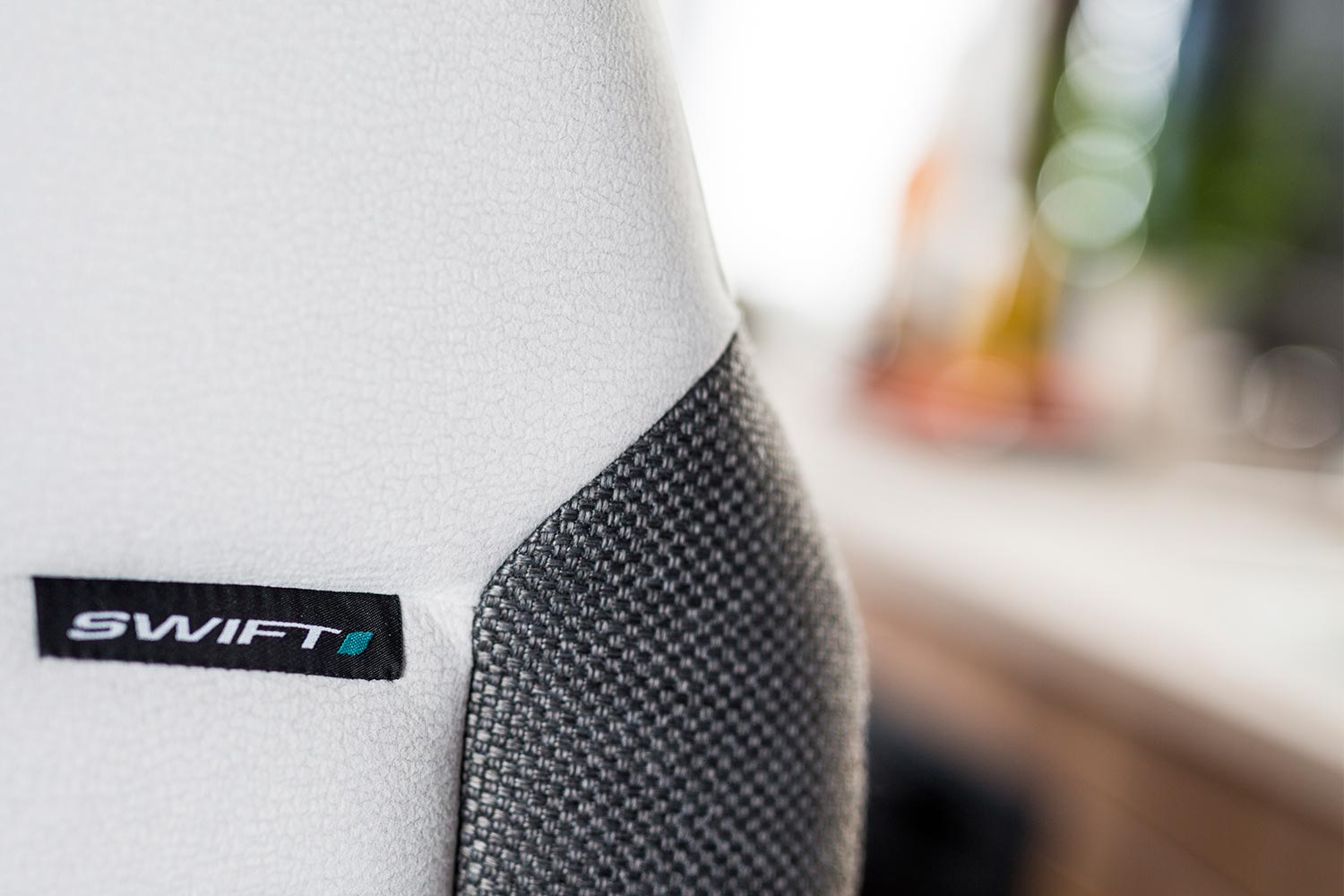
Know the lingo...
Before you start the process of matching, you might like to know some of the technical jargon.
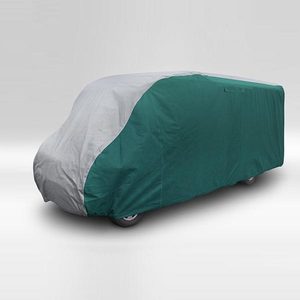
Storing your motorhome
Another key factor to consider is storage, for when your motorhome is not in use.
If you have space and want to store your motorhome at home things to consider are:
- Check that there are no obvious height problems
- Check your local bylaws because there may be restrictions
- Think about the security of your motorhome if it is parked on a driveway
If you are not fortunate enough to have space at home things to consider are:
- Cost-effective options, such as finding a local storage centre. It would be worth having a look in your local area to identify who offers a motorhome storage service. We recommend that you check where it will be stored and check that the area is secure and what security measure they have in place. Find out what their policies and procedures are, for example can you access your motorhome at any time or are there closing hours, or do you need to contact them in advance to access your motorhome. You would also want to know about insurance and costs.
Winterisation
Whether or not you plan to use your motorhome over the winter months, draining water and removing items that can be frost damaged needs considering.
You can find additional advice on storing your motorhome and winterisation on The Caravan Club or The Camping and Caravan Club websites and there will also be a section in your motorhome handbook. There are various further security measures, such as Theftcheck, that you might want to consider.
Buying your motorhome
(the fun bit!)
First things first, choose whether you want a new or used leisure vehicle. Most of our dealers offer both new and used products from the Swift motorhomes range.
Where should I buy from?
We strongly recommend that you buy from a local dealer. There are hundreds of motorhome dealers across the UK, some just selling used and others selling both new and used models. It is well worth visiting several to see for yourself the different types and layouts, helping you narrow down your search for what best suits your needs. The dealer should also give you advice and guidance about the right choice of motorhome for you.
Buying from a dealer will give you some reassurances:
- Most will offer a warranty.
- Dealers will carry out a health check to confirm the motorhome is watertight and everything is in working order. If you don’t buy from a dealer, you will need to carry out a range of checks yourself, which can be tricky if you don’t have any prior motorhome knowledge.
- The dealer should already have researched the history of the motorhome, so there’s less leg-work for you to do.
- Measure to check that each berth is long enough for your requirements, as some berths are only suitable for children.
- Check the cushion depth and comfort in seating, because you will want a good night’s sleep if it is used as a mattress.
- Fixed beds in modern motorhomes often come with luxury mattresses, so this is another consideration when choosing between a fixed or pull-out bed.
Try before you buy
If you’re interested in motorhoming but aren’t quite ready to take the plunge yet, a great idea is to try before you buy with Swift Go, the UK’s first manufacturer-operated motorhome hire company.
This is a fantastic way to test the waters of motorhome ownership, and you’ll even get the cost of your first seven nights’ hire deducted from your subsequent purchase if you go on to buy a Swift!
How to get going
If you are not used to driving a large vehicle, setting off in your motorhome can be quite a daunting experience. But don’t worry, both The Caravan Club and The Camping and Caravanning Club, offer courses to help you gain confidence - find out more on their websites or contact them by telephone.
Top Tips...
- Give yourself more time and space when you’re driving to manoeuvre around junctions and cars
- You will need to anticipate and brake earlier in a larger vehicle and accelerate more slowly
- Check the speed limits in relation to the vehicle weight; if it is more than 3,050kg, the limits may be lower than for a standard car. You can find the latest information here
- Higher sided vehicles are affected more by the wind and can also cause a buffering effect for cyclists, motorbikes and horses when passing, so give them a wide berth and pass slowly
- You may have a more difficult time maintaining acceleration on ascending grades or slowing down on descending
- Know your dimensions in case you go anywhere with height, width or weight restrictions – don’t forget low tree branches too!
- There are satellite navigation systems like Club Navigation that take into account the size of your motorhome and route you accordingly
And don't forget...
Make sure your caravan is properly insured. Visit Supersure Insurance now to see how much you could save.
You’re almost there...
Here are a few final tips to make sure you have all bases covered before embarking on your motorhome adventures:
- Maintenance and servicing. Not only will the base vehicle require servicing and MOT like a car, the habitation area must have an annual habitation service. The National Caravan Council (NCC) provides detailed information about the checklist involved.
- Be aware of mould and mildew, which can be real problem if it takes hold. It is import to clean and check your motorhome frequently and not bring items in that can by contaminated.
- There are many accessories you can buy for your motorhome, and many dealers have an accessory shop.
Find your local Swift dealer
